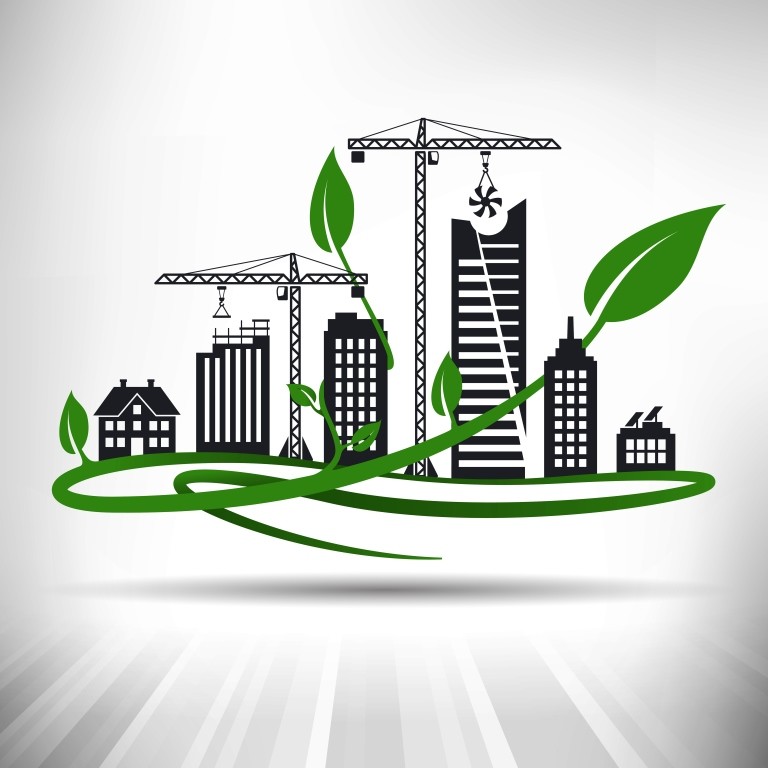Sustainable construction is the practice of building structures with eco-friendly materials and practices that minimize environmental impact, conserve natural resources, and promote long-term sustainability. With growing concerns about climate change and global warming, sustainable construction has become increasingly important as a way to reduce carbon emissions and build a more sustainable future.
Reduce the use of Non-renewable resources
One of the primary goals of sustainable construction is to reduce the use of non-renewable resources, such as fossil fuels and other materials that have a negative impact on the environment. To achieve this, sustainable construction uses renewable, recyclable, or biodegradable materials. For example, builders might use timber from sustainably managed forests, or they might incorporate recycled materials such as concrete, glass, and steel into their structures.
Energy Efficiency
Another key aspect of sustainable construction is energy efficiency. Builders can use various techniques to reduce energy consumption in buildings, such as incorporating natural lighting and ventilation, installing high-efficiency heating and cooling systems, and using insulation and other materials that help regulate indoor temperatures. By reducing energy consumption, sustainable construction can significantly reduce the carbon footprint of buildings and contribute to a more sustainable future.
Water conservation plays vital role
Water conservation is also a significant focus of sustainable construction. Builders can incorporate features such as rainwater harvesting systems and greywater recycling systems to reduce building water consumption. In addition, sustainable construction often involves landscaping techniques that reduce the need for irrigation, such as planting drought-tolerant plants and using permeable paving materials that allow rainwater to soak into the ground instead of running off into storm drains.
Environmental Impact
Sustainable construction also takes into account the environmental impact of construction itself. Builders can reduce the environmental impact of construction by using techniques such as modular construction, which involves assembling pre-fabricated components off-site and then transporting them to the construction site for final assembly. This reduces the amount of waste generated during construction and minimizes the environmental impact of transportation.
In addition to these practices, sustainable construction involves incorporating renewable energy into buildings. For example, builders might install solar panels or wind turbines to generate electricity. By using renewable energy sources, buildings can reduce their reliance on non-renewable energy sources and significantly reduce their carbon footprint.
Overall, sustainable construction is critical to building a more sustainable future. By using eco-friendly materials and practices, builders can reduce the environmental impact of construction and promote long-term sustainability. However, there are still challenges to be addressed in promoting sustainable construction practices. For example, sustainable materials and practices can be more expensive than traditional materials and practices, making it difficult for builders to adopt them on a large scale.
Despite these challenges, sustainable construction is gaining traction as a way to build for the future. Governments and organizations worldwide are promoting sustainable construction practices through initiatives such as green building certification programs and tax incentives for builders who use sustainable practices. Consumers also increasingly demand sustainable construction practices, and builders who adopt these practices can differentiate themselves in a competitive market.
Conclusion
sustainable construction is essential for building a more sustainable future. By using eco-friendly materials and practices, builders can reduce the environmental impact of construction, conserve natural resources, and promote long-term sustainability. Although there are challenges to be addressed in promoting sustainable construction practices, the growing demand for sustainable construction and the availability of government and organizational support make it an increasingly viable option for builders and consumers alike.


